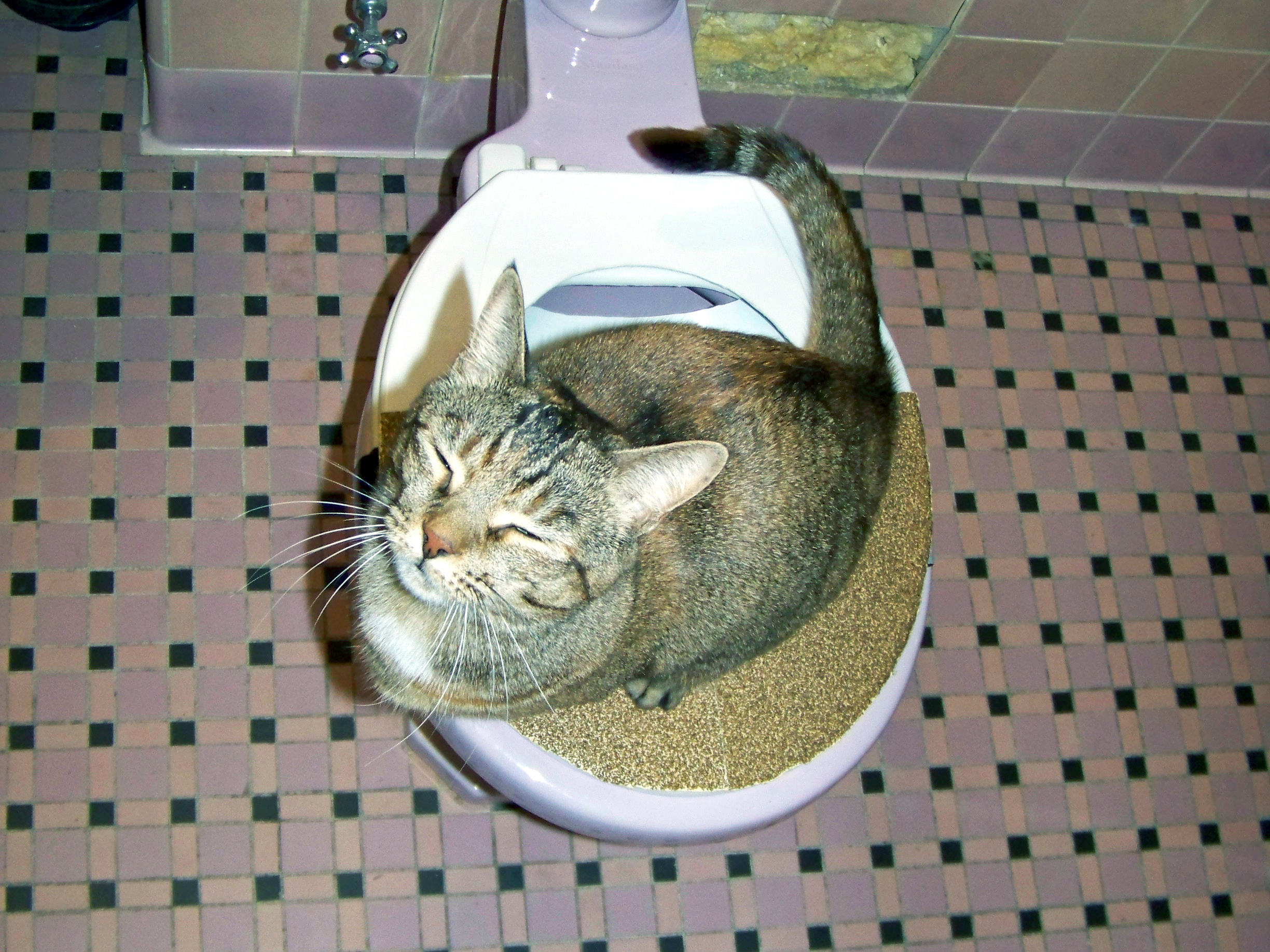Avoid Clogs and Damage: Never Flush Cat Poop Down Your Toilet - Professional Insights
Avoid Clogs and Damage: Never Flush Cat Poop Down Your Toilet - Professional Insights
Blog Article
This article which follows relating to How to Dispose of Cat Poop and Litter Without Plastic Bags is particularly compelling. You should investigate for yourself.

Introduction
As cat owners, it's important to bear in mind exactly how we dispose of our feline close friends' waste. While it may seem convenient to flush cat poop down the toilet, this practice can have damaging repercussions for both the setting and human health and wellness.
Alternatives to Flushing
Fortunately, there are more secure and more responsible methods to throw away pet cat poop. Think about the adhering to alternatives:
1. Scoop and Dispose in Trash
One of the most common method of dealing with cat poop is to scoop it right into a naturally degradable bag and throw it in the trash. Make sure to use a committed trash inside story and throw away the waste immediately.
2. Usage Biodegradable Litter
Choose biodegradable cat litter made from materials such as corn or wheat. These clutters are eco-friendly and can be securely thrown away in the garbage.
3. Bury in the Yard
If you have a lawn, think about hiding cat waste in a marked location far from vegetable gardens and water sources. Make certain to dig deep sufficient to avoid contamination of groundwater.
4. Install a Pet Waste Disposal System
Buy a family pet garbage disposal system especially developed for feline waste. These systems utilize enzymes to break down the waste, decreasing smell and environmental influence.
Health Risks
In addition to ecological issues, purging pet cat waste can also position health threats to people. Feline feces might have Toxoplasma gondii, a bloodsucker that can trigger toxoplasmosis-- a potentially severe health problem, specifically for pregnant ladies and people with weakened immune systems.
Ecological Impact
Flushing pet cat poop presents dangerous microorganisms and parasites into the water supply, posing a considerable threat to marine ecological communities. These pollutants can negatively impact marine life and concession water quality.
Verdict
Accountable family pet possession prolongs beyond offering food and shelter-- it additionally involves correct waste management. By refraining from flushing pet cat poop down the bathroom and choosing alternate disposal techniques, we can decrease our environmental footprint and protect human wellness.
Why Can’t I Flush Cat Poop?
It Spreads a Parasite
Cats are frequently infected with a parasite called toxoplasma gondii. The parasite causes an infection called toxoplasmosis. It is usually harmless to cats. The parasite only uses cat poop as a host for its eggs. Otherwise, the cat’s immune system usually keeps the infection at low enough levels to maintain its own health. But it does not stop the develop of eggs. These eggs are tiny and surprisingly tough. They may survive for a year before they begin to grow. But that’s the problem.
Our wastewater system is not designed to deal with toxoplasmosis eggs. Instead, most eggs will flush from your toilet into sewers and wastewater management plants. After the sewage is treated for many other harmful things in it, it is typically released into local rivers, lakes, or oceans. Here, the toxoplasmosis eggs can find new hosts, including starfish, crabs, otters, and many other wildlife. For many, this is a significant risk to their health. Toxoplasmosis can also end up infecting water sources that are important for agriculture, which means our deer, pigs, and sheep can get infected too.
Is There Risk to Humans?
There can be a risk to human life from flushing cat poop down the toilet. If you do so, the parasites from your cat’s poop can end up in shellfish, game animals, or livestock. If this meat is then served raw or undercooked, the people who eat it can get sick.
In fact, according to the CDC, 40 million people in the United States are infected with toxoplasma gondii. They get it from exposure to infected seafood, or from some kind of cat poop contamination, like drinking from a stream that is contaminated or touching anything that has come into contact with cat poop. That includes just cleaning a cat litter box.
Most people who get infected with these parasites will not develop any symptoms. However, for pregnant women or for those with compromised immune systems, the parasite can cause severe health problems.
How to Handle Cat Poop
The best way to handle cat poop is actually to clean the box more often. The eggs that the parasite sheds will not become active until one to five days after the cat poops. That means that if you clean daily, you’re much less likely to come into direct contact with infectious eggs.
That said, always dispose of cat poop in the garbage and not down the toilet. Wash your hands before and after you clean the litter box, and bring the bag of poop right outside to your garbage bins.
https://trenchlesssolutionsusa.com/why-cant-i-flush-cat-poop/

I'm very drawn to Don’t flush cat feces down the toilet and I am hoping you liked the article. In case you liked our blog entry if you please remember to share it. We treasure reading our article about Don’t flush cat feces down the toilet.
Visit Url Report this page